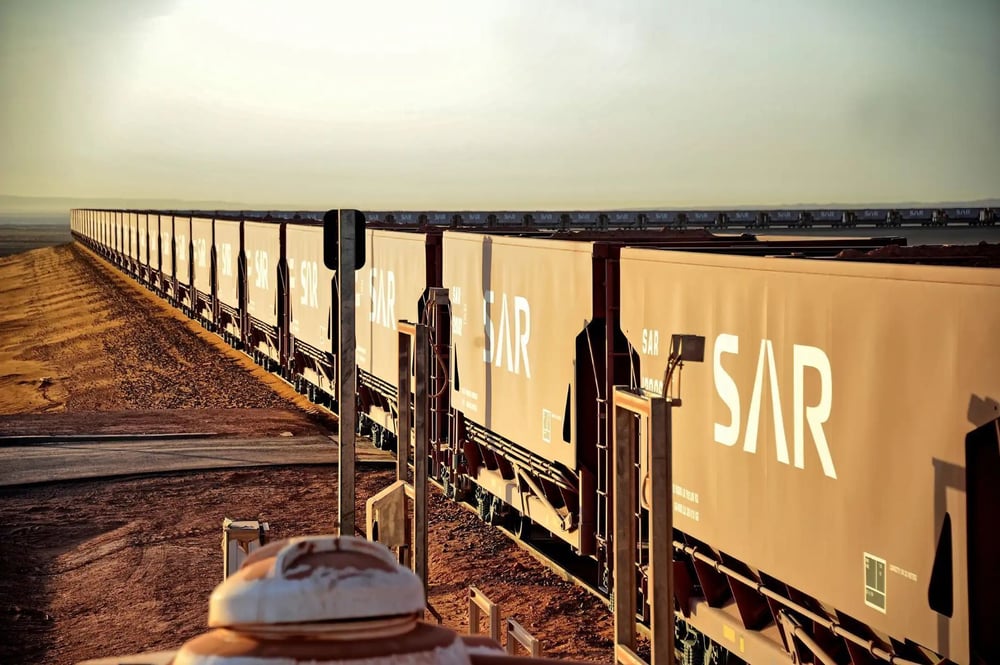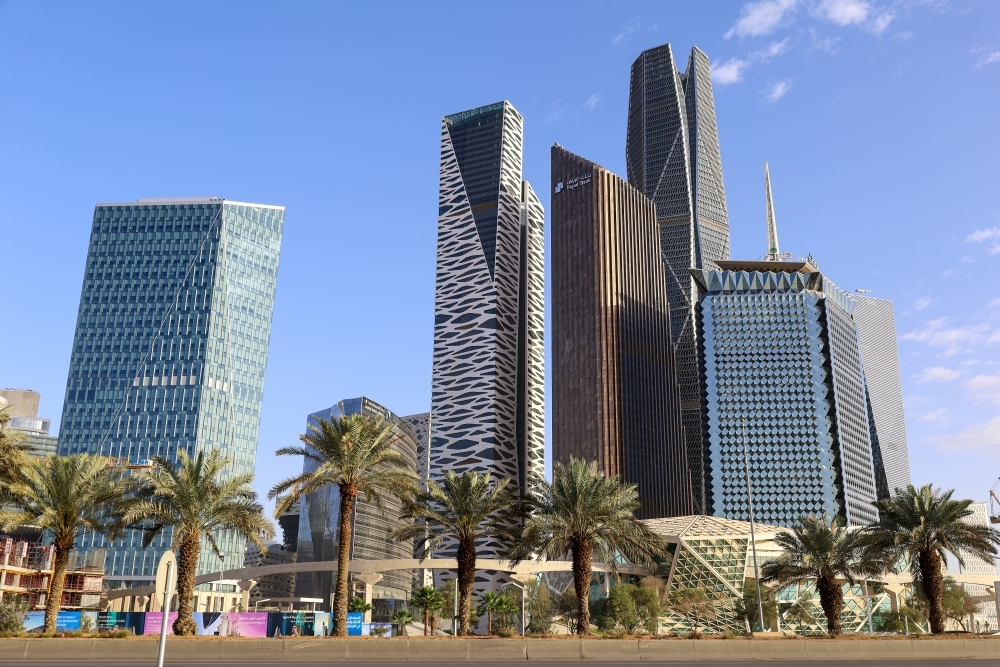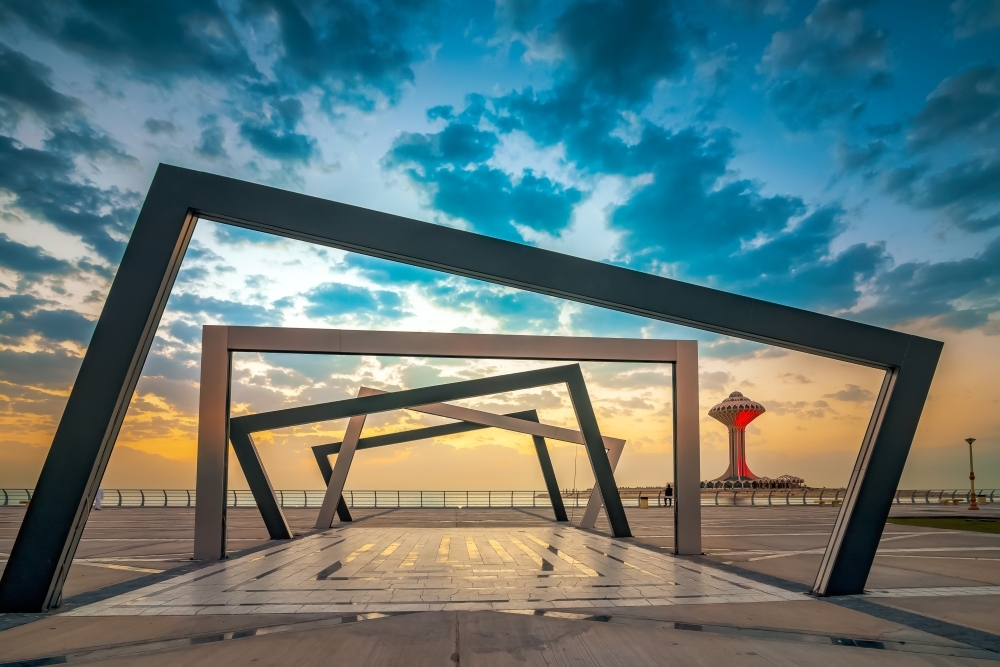Riyadh–Jeddah Railway: Everything You Need To Know
The Kingdom of Saudi Arabia is witnessing major transformations within the framework of Vision 2030 which seeks to strengthen the Kingdom’s position as a global logistics hub by developing infrastructure and means of transport. Among the standout projects set to redefine transportation is a major 950-kilometre railway network connecting Riyadh to Jeddah on the Red Sea — an ambitious project that is poised to unlock new horizons for cargo and passenger movement alike.

The Background and Origins
Part of the Kingdom’s Saudi Railway Network Expansion Programme, the Riyadh–Jeddah rail project is designed to prioritise freight transport, while also offering passenger services. It aims to significantly shorten travel time between the capital and the Red Sea coast, while strengthening freight movement between Saudi Arabia’s major ports — including Jeddah Islamic Port, and the ports of Dammam and Jubail on the Arabian Gulf.
The idea was first proposed in 2008, when a consortium named "Tarbout," composed of seven Saudi companies and Australia's Asciano, secured a 50-year contract to implement the project. Although financial closure was expected within a year of signing, administrative and funding challenges delayed progress. By 2011, the Saudi government decided to take full ownership of the project with an estimated total cost of approximately USD 7 billion.
Recent Developments
Amid the Kingdom’s interest in accelerating the pace of development in the transport sector, the Public Investment Fund (PIF) awarded Italian engineering firm Italferr the contract to develop the detailed design in August 2015. Two years later, during the Middle East Rail Conference in Dubai, the head of the Transport General Authority, Rumaih Al-Rumaih, announced the completion of the project’s designs and that the project would follow a Build-Operate-Transfer (BOT) model.
According to a report published by global railway news outlet IRJ, construction of the Riyadh–Jeddah line was expected to begin in Q1 2024. Several leading European and American firms have already submitted competitive bids, some of the best so far, for the development phase.
A National Game-Changer
The project is regarded as one of the most crucial and strategic initiatives of Vision 2030 — owing to its design to strengthen Saudi Arabia’s logistics capabilities and contribute directly to its long-term economic and social development goals. The project is a vital addition to Saudi Arabia’s transport infrastructure, especially considering its direct connection and strategic alignment to critical maritime ports like Jeddah, Dammam, and Jubail.
Once operational, the rail line will enable faster, more efficient travel for passengers between Riyadh and Jeddah. For logistics companies, it will offer a faster alternative to trucking, shortening the distance between production hubs and consumer markets while also easing road congestion and reducing traffic-related accidents.
Infrastructure and Logistics Integration
The main line will stretch across 950 kilometers. In parallel, the existing Riyadh–Dammam railway, approximately 450 kilometers long, will be upgraded, and a new 115-kilometer line will be constructed to link Dammam with Jubail. While the new lines will initially be single-track, the infrastructure is being built with future expansion in mind, allowing for double-track upgrades and adding flexibility to the project.
Additionally, seven logistics centres will be established in strategic locations in the Kingdom — including in Jubail Industrial City, Dammam Dry Port, Riyadh Dry Port, and logistics centres at King Khalid International Airport (Riyadh), King Abdullah Airport, the Jeddah logistics port, and Yanbu Industrial City. These hubs are expected to play a central role in boosting Saudi Arabia’s global competitiveness in transport and supply chain services, helping it emerge as a regional logistics powerhouse.
Challenges and the Road Ahead
Despite the scale and ambition of the project, it is not without its challenges. Chief among them are the complexities of coordinating between multiple governmental bodies and ensuring timely financing. However, the Saudi government’s Transport General Authority has reiterated its commitment to delivering the project as scheduled. The work on the project is expected to continue for up to seven years.
On the other hand, Saudi Railway Company (SAR) CEO Rumaih Al-Rumaih has denied any logistical issues in the implementation of the North–South rail project, another major initiative, noting that it is progressing according to plan. His comments reflect the government’s confidence in its ability to overcome challenges and push ahead with large-scale passenger and freight transportation projects.
Economic and Social Impact
Beyond transport and logistics, the Riyadh–Jeddah rail line is projected to stimulate wider economic growth in the Kingdom by enhancing export capabilities, streamlining supply chains, and creating new job opportunities across engineering, construction, operations, and maintenance for Saudi citizens.
Socially, the reduced travel time between Riyadh and Jeddah is expected to strengthen cultural and familial ties between its inhabitants, reinforcing the unity of the Kingdom’s social fabric. It also offers a fast, comfortable alternative to long-distance road travel, enhancing overall quality of life for residents and visitors alike.
Bridging Cities, Ports, and Futures
More than just a railway, the Riyadh–Jeddah line symbolises a bold leap toward a more connected Saudi Arabia, embodying Saudi Vision 2030. It links not just cities and ports, but ambition and execution, the present and the future. As the project unfolds, it stands to reinforce Saudi Arabia’s position as a global logistics hub and contribute to achieving sustainable development across all regions of Saudi Arabia.



